What is UML? UML stands for Unified Model Language, which is a standardized modeling language consisting of a set of
Continue reading
Learning one new thing everyday


What is UML? UML stands for Unified Model Language, which is a standardized modeling language consisting of a set of
Continue reading
An activity diagram is similar to a business workflow diagram (or BPMN) or a simple flowchart, with richer semantics. It
Continue reading
What is a Use Case? Whenever we discuss the requirements of a system, we recognize that one or more people
Continue reading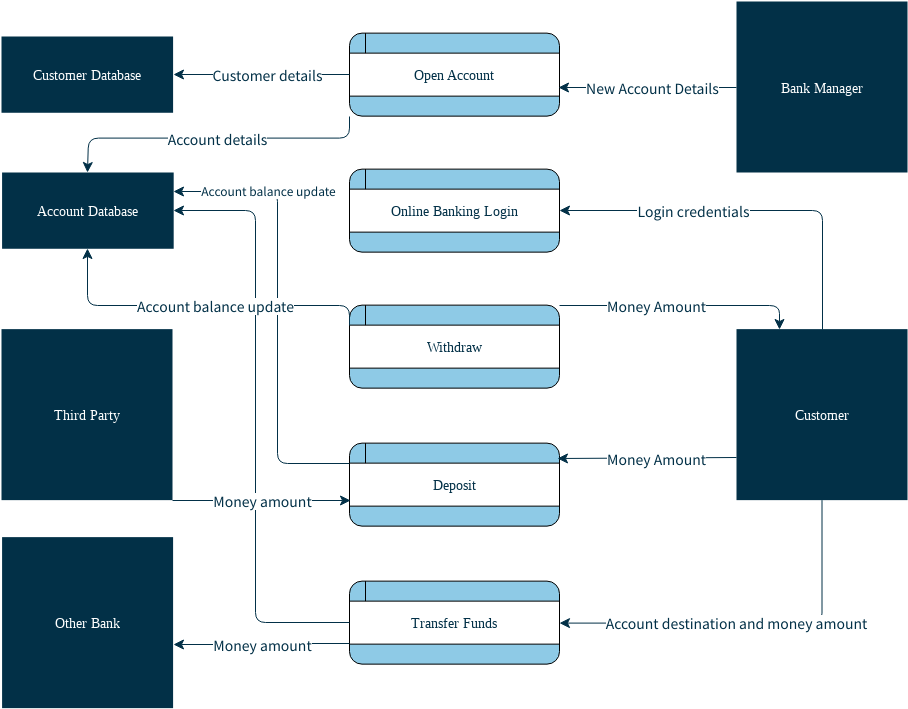
What is a Data Flow Diagram? A data flow diagram is a graphical representation of the flow of data in
Continue reading
Learn how to develop Quality and IV&V Plan. Describes how quality will be managed throughout the whole project management cycle.
Continue reading
In Phase B, C & D — Business, Information Technology Architecture TOGAF is developed based on the Architecture Vision.
Continue reading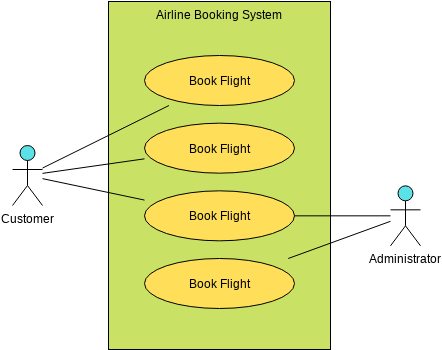
Use case modeling is a useful tool for capturing requirements. It provides a graphical representation of the requirements of a
Continue reading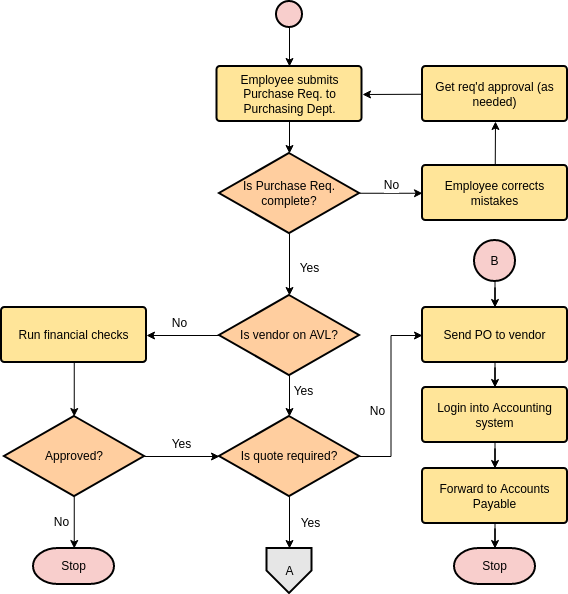
A flowchart is a tool that allows you to break any process down into individual activities and shows the logical
Continue reading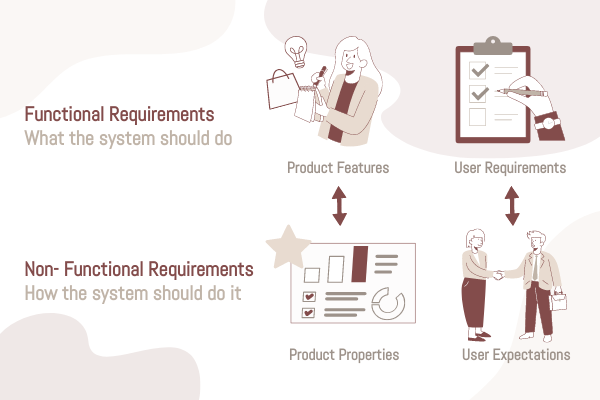
The first step in defining a new product, service, process, or system is to define requirements, i.e., specific functional or
Continue reading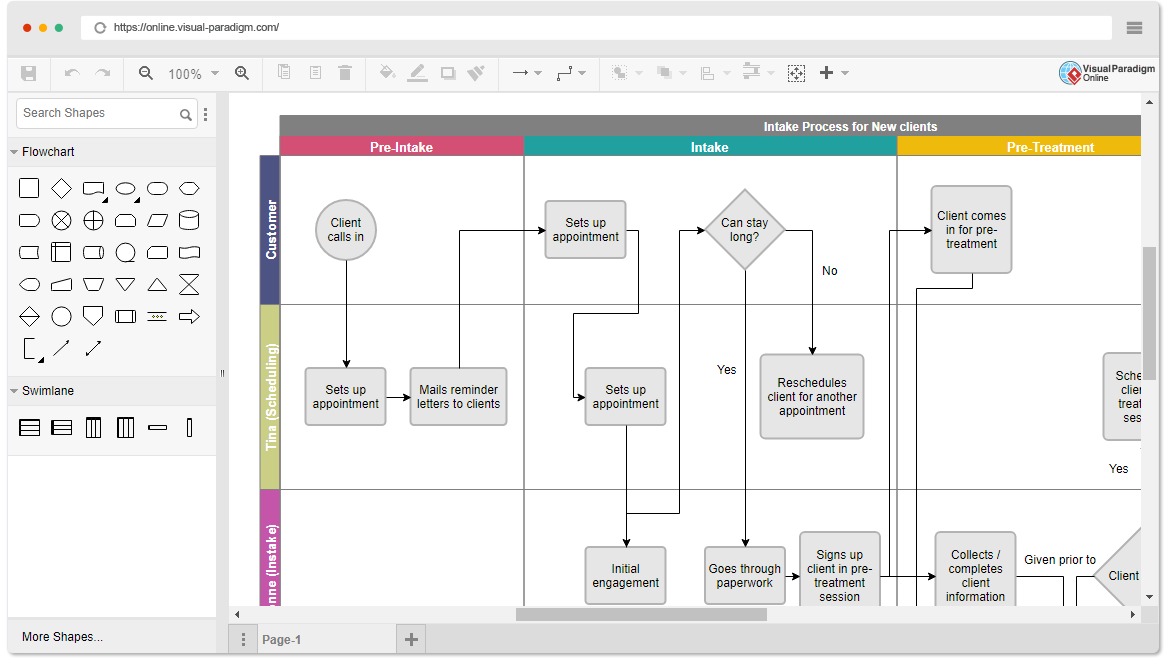
Cross-functional Flowcharts (or known as swimlane diagram, Swimlane flowchart, cross-functional process diagram) bring clarity to processes by defining who does what. Each swim lane is representative of a person, team, or stakeholder, making it evident who is responsible for which stage in the process to help avoid confusion.
Continue reading